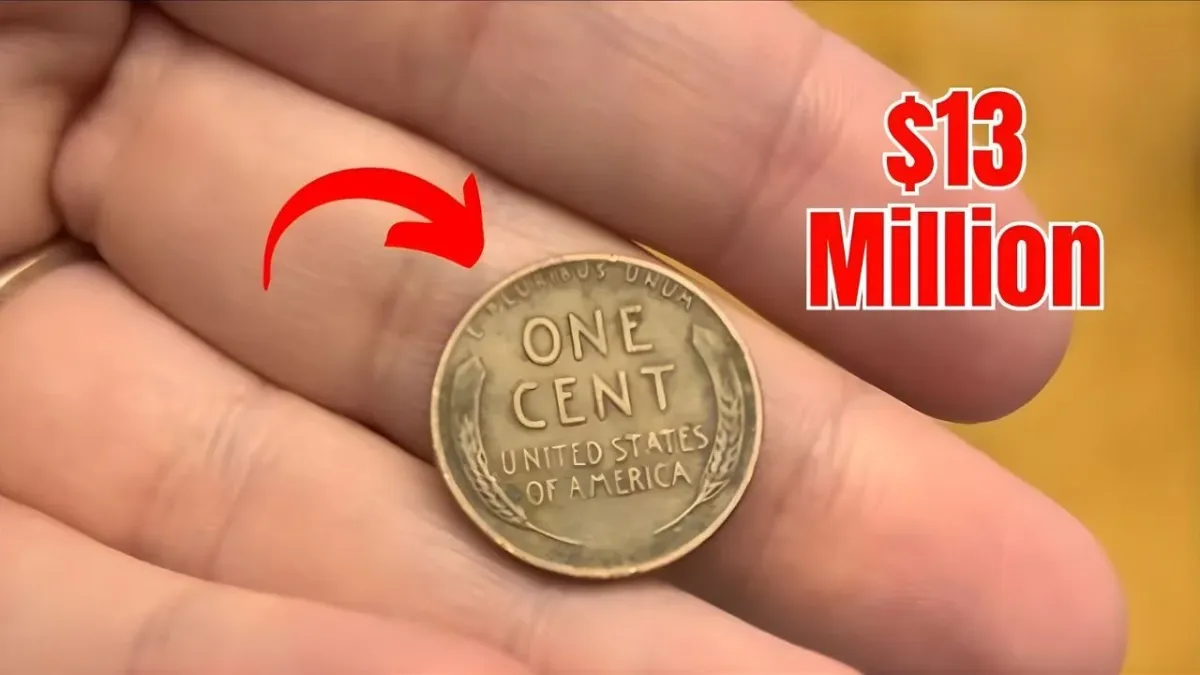The Lincoln Wheat Penny Worth $13 Million
Imagine finding a penny in your pocket that turns out to be worth $13 million. It sounds like a dream, but that dream has come true for a few lucky owners of the rare 1943 Lincoln Wheat Penny. These coins are among the most amazing finds in U.S. coin history. A small mistake during World War II turned an ordinary penny into a collector’s treasure.
A Mistake Made During the War
In 1943, the U.S. was fully involved in World War II. Copper was needed for weapons and other military supplies. So, the U.S. Mint decided to make pennies out of steel coated in zinc instead of copper. But some copper blanks from 1942 were still in the machines by mistake. When these were stamped with the 1943 date, a few copper pennies were made and released into everyday use. No one knew at the time how valuable they would become.
Why These Pennies Are So Valuable
These copper pennies from 1943 are extremely rare. Experts believe that only about 20 to 30 real ones exist today. Because they are so rare and have ties to the war, collectors are eager to own one. The most perfect examples have sold for as much as $13 million at auctions. As more people learn about them, their value keeps going up.
How to Spot a Real 1943 Copper Penny
To check if your penny is one of these rare ones, start by looking at the date under Lincoln’s face — it should say 1943. Then try the magnet test. Normal 1943 pennies made of steel will stick to a magnet. But real 1943 copper pennies will not, because copper is not magnetic. This is a simple way to tell if your coin might be valuable.
Watch Out for Fakes
Because these coins are so valuable, there are many fakes out there. Some people cover regular steel pennies in copper to trick buyers. Others change the dates on 1948 pennies to make them look like 1943. That’s why you should never rely on looks alone. Always get a possible rare penny checked by a trusted expert.
Always Get a Professional Opinion
If you think you have found a 1943 copper penny, the next step is to get it authenticated. Trusted coin grading companies can test your penny to see if it’s real. They’ll check its metal, size, and other details. They’ll also give it a grade, which helps decide how much it’s worth. Skipping this step could mean you either miss a great chance or get fooled by a fake.
Real People Are Still Finding Them
People have found these rare coins in old collections passed down from relatives, inside bank rolls, or even as change from stores. These finds prove that rare coins are still out there, waiting to be discovered. If you take the time to look at your change, you could be the next lucky person.
Disclaimer: This article is for general information only. Coin values can change based on rarity, condition, and market demand. Always talk to a certified coin expert before making any decisions involving valuable coins.
FAQs
Q1: How can I tell if I have a 1943 copper penny?
A: Check the date (1943) and test it with a magnet. If it doesn’t stick, it might be copper.
Q2: Are all 1943 pennies valuable?
A: No. Most are steel and only worth a few cents. Only a few copper ones are rare and valuable.
Q3: What if my penny looks like copper but sticks to a magnet?
A: It’s likely a steel penny with copper plating — not the real deal.
Q4: Who can check if my penny is real?
A: A certified coin grading service like PCGS or NGC can authenticate it for you.
